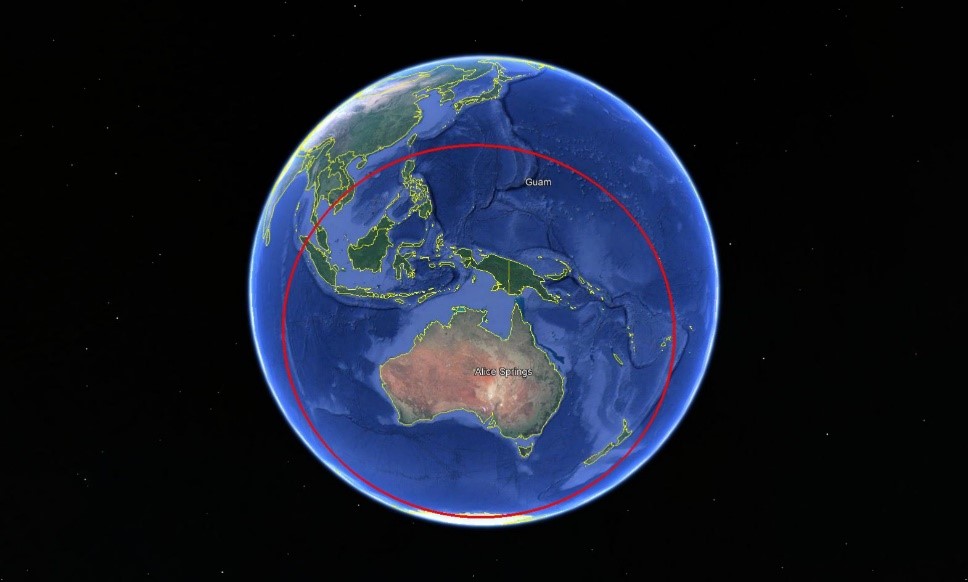- Reaction score
- 146
- Points
- 710
Hmm:
Mark
Ottawa
- mod edit to fix thread title spelling -
US open to deal on new strike aircraft
US Secretary of Commerce Wilbur Ross says his country would look favourably on a request by Australia to buy new strike aircraft, as Defence Minister Linda Reynolds left open the possibility of the ADF acquiring long-range attack capabilities.
Senator Reynolds said the case for improved strike capabilities would be considered in a review by Defence’s force structure team, amid calls for a rethink of the ADF’s ability to counter rising Chinese threats in the Indo-Pacific region.
Retired Air Marshal Leo Davies and his predecessor, Air Marshal Geoff Brown, warned in The Australian on Tuesday that air and maritime strike capabilities must be considered to counter Chinese threats amid a possible retreat by the US from the region. They said strategic bombers and drones, and land-based ballistic missiles, should be considered.
Australian Strategic Policy Institute senior analyst Malcolm Davis said Australia should consider asking the US to join its B-21 Raider Long Range Strike Bomber program, and look at investing in a strike version of Boeing’s in-development Loyal Wingman drone. The development of the fifth-generation B-21 is currently a US-only program, but Australia could ask to become involved, in a move that would lower the unit cost of the aircraft for the US.
Mr Ross told The Australian that the US wanted to sell Australia more strike aircraft, although he did not specifically refer to the B-21. “We have no intention of vacating our military or our geopolitical position but we would be delighted to sell Australia more aircraft if that’s what suits your Department of Defence,” he said via teleconference from the East Asia Summit in Thailand.
Australia is acquiring 72 F-35 Joint Strike Fighters from US company Lockheed Martin, but the JSF does not have the range to undertake long-range strike missions without in-flight refuelling, which eliminates its stealth advantages.
Opposition defence spokesman Richard Marles said the government would “ignore air marshals Davies and Brown at its peril”. “Not only do we need the right strike force, it is essential that our defence forces are fully resourced to properly support that strike capability,” Mr Marles said. “We must have the most capable and strategic defence force possible.”
Senator Reynolds said the government was investing $200bn in naval, air and land capabilities, but was open to “adjustments”. “In our challenging and dynamic strategic environment, we need a defence strategy that is fit for purpose,” she said. “Defence has a force structure team that is analysing our current force structure with regard to emerging threats and this work will inform future consideration of any adjustments.”
The RAAF has been left without a long-range strike capability since the retirement of the F-111 fighter-bomber, while the navy’s Attack-class Future Submarines will not enter service until 2035 at the earliest and would arrive at the rate of one every two years.
Dr Davis said this would leave a significant “capability gap” that could be filled by a combination of the B-21, a long-range combat drone and ballistic missiles.

Australian Strategic Policy Institute senior analyst Malcolm Davis says Australia should consider asking the US to join its B-21 Raider Long Range Strike Bomber program. Picture: Northrop Grumman.
Mark
Ottawa
- mod edit to fix thread title spelling -



